Just when you thought it was safe to settle in and enjoy your 5.1 or 7.1 surround system, the folks at Dolby are conjuring up more ways to make surround sound even more elaborate. Why? Home theaters have gotten incredibly good with big screen TVs and excellent sounding audio. Commercial movie theaters need new ways to attract the public by providing experiences that are different from those at home. Enter Dolby Atmos, a new way of doing surround sound.
Currently, when movie tracks are mixed, the elements of sound are assigned to specific speakers in either a 5 or 7 channel surround format. With Dolby Atmos, the elements are assigned to a specific spot in the theater. In the theater, up to 64 different speakers located in the front, back, sides and overhead receive the appropriate audio signal at the appropriate time. This is computed automatically. At home, if someone plays at Atmos movie with a conventional 7.1 or 5.1 system, the sounds are automatically distributed over the existing speakers.
The home version of Dolby Atmos is different. It starts with a 5.1 or 7.1 system and then additional ceiling speakers are added. Generally up to 4 ceiling speakers are used, 2 in the ceiling in the front of the room in a left and right position, and 2 in back of the room, left and right. If 4 ceiling speakers aren’t used, then 2 ceiling speakers can be used in the center of the room on the left and right sides. There’s also a solution for those who can’t install ceiling speakers. In this case, special front and rear speakers are used. These speakers have elements that aim the sound up towards the ceiling to bounce the sound back toward the listener. The ceiling would have to be flat (not vaulted) and have to be able to reflect sound. To me, this sounds “iffy.” Several manufacturers have announced Dolby Atmos compatible receivers with additional channels of amplification. So that means you will need a up to a 9 channel receiver for Dolby Atmos in a 5.1 system or up to 11 channels for an Atmos 7.1 or 7.2 system. Apparently, standard Blu-Ray players will be able to play Dolby Atmos soundtracks.
Is Dolby Atmos worthwhile? Last night I saw the movie The Equalizer in a Dolby Atmos theater (Regency in Agoura Hills, CA). This shoot-em-up starring Denzel Washington had quite a few sound effects; gunfire, explosions and the like. Overall, I thought the sound was excellent, but I’ve also made that comment about certain conventional movie theaters. Having multiple speakers on the sides of the room gave a great surround effect. However, I think that multiple speakers on the sides would also give a great effect with a conventional surround movie. I didn’t notice much benefit to the speakers in the ceiling. Did it seem like I was experiencing a new type of movie sound for the first time? In a word, no. Bottom line: the sound was great, but I’m not convinced it’s vital for the movie-going experience.
For the home, it will obviously benefit audio manufacturers and speaker companies like us. So far we haven’t experienced what the home version of Atmos will sound like. We’ll need to be convinced, before we can recommend it.
We’ve heard some initial opinions that the upward firing speakers under ideal conditions have a very limited “sweet spot”, meaning that numerous listening positions may not get the effect. Also, with in-ceiling speakers, there may be some localization issues if they are turned up too much or a person is sitting under them. It was also said that there seemed to be no benefit with non-Dolby Atmos movies. But again, we’ll have to evaluate it for ourselves and let you know.
Will Dolby Atmos catch on or will it be one those ideas that fails due to lack of public acceptance? We’ll get back to you on this in a future newsletter. In the meantime, if you’d like to learn more, Dolby has a white paper that you can download:
Dolby Atmos White Paper


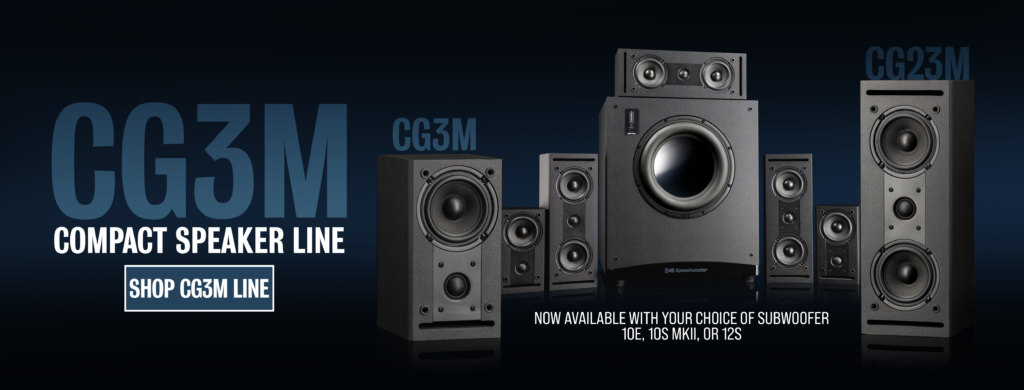
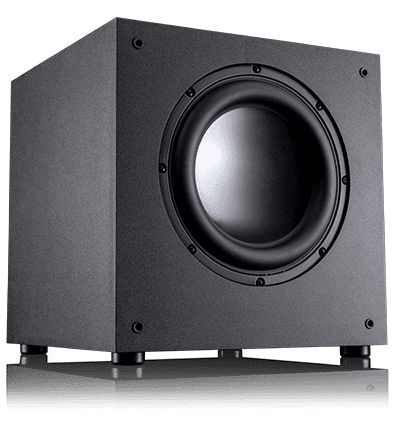
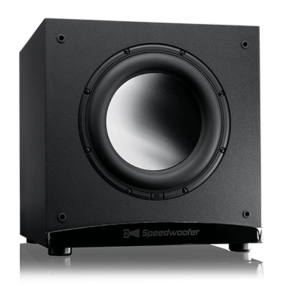
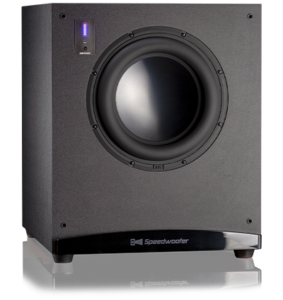
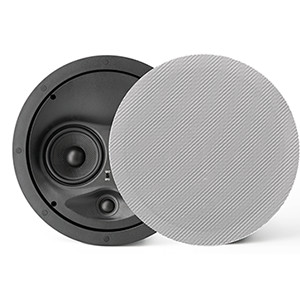
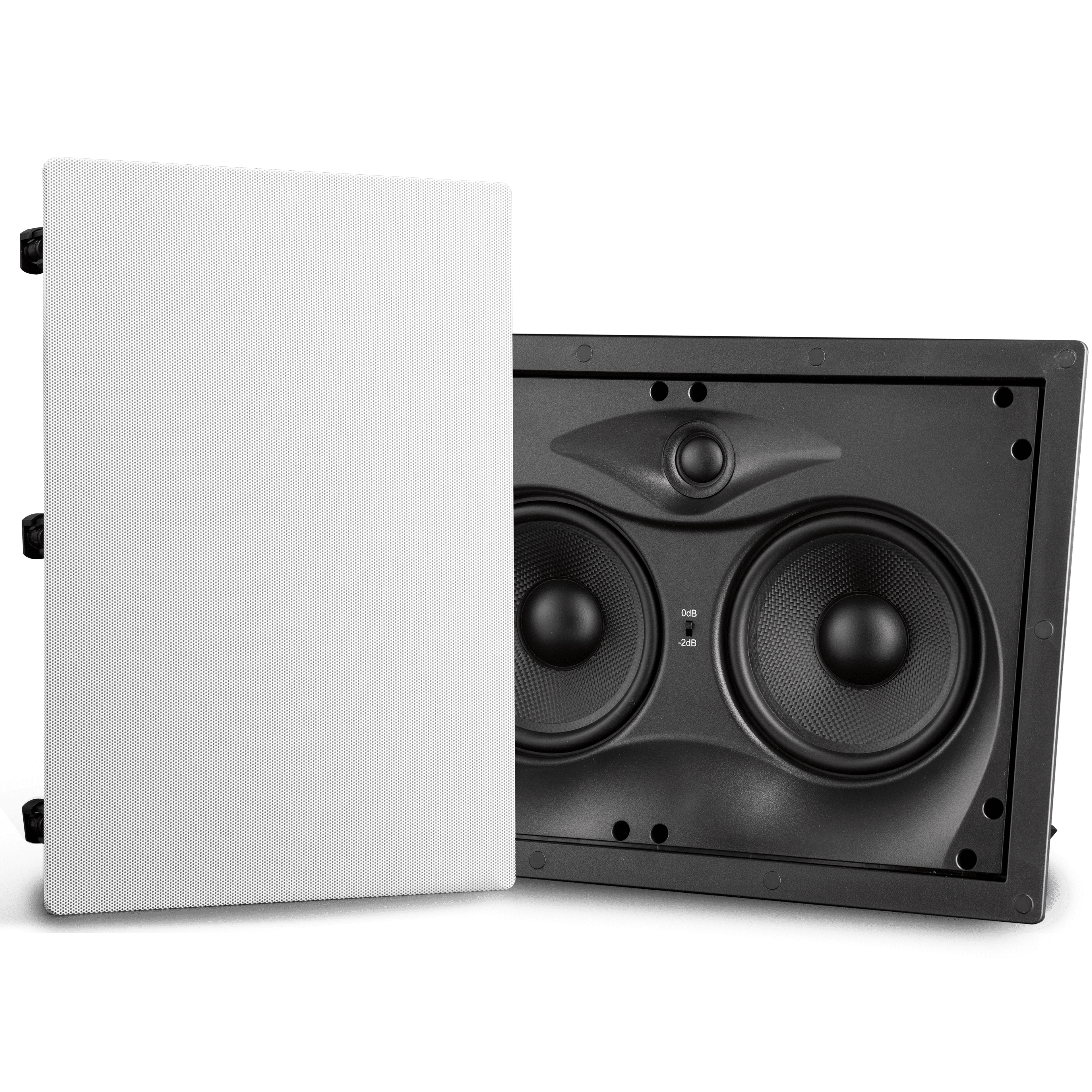
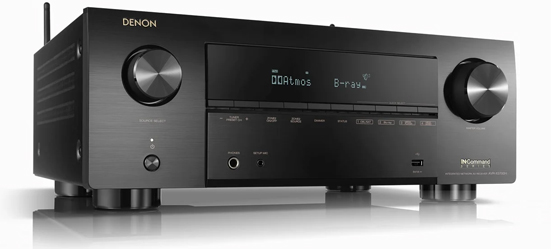

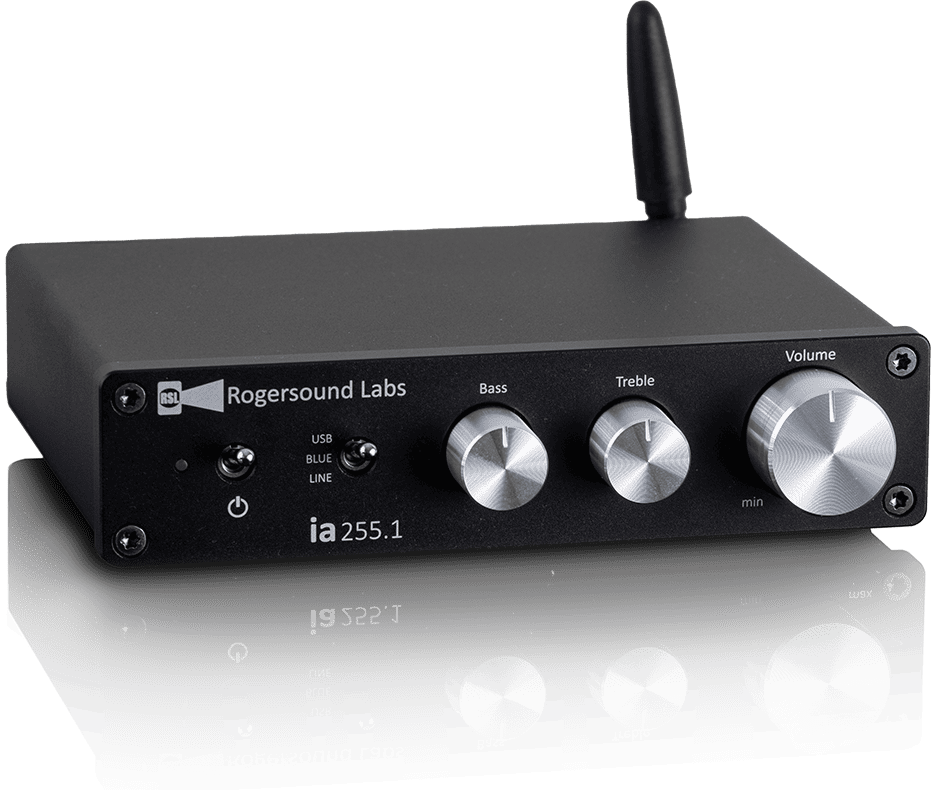
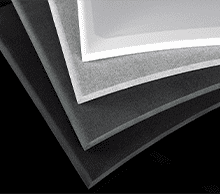

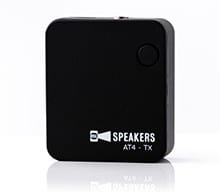
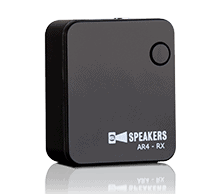
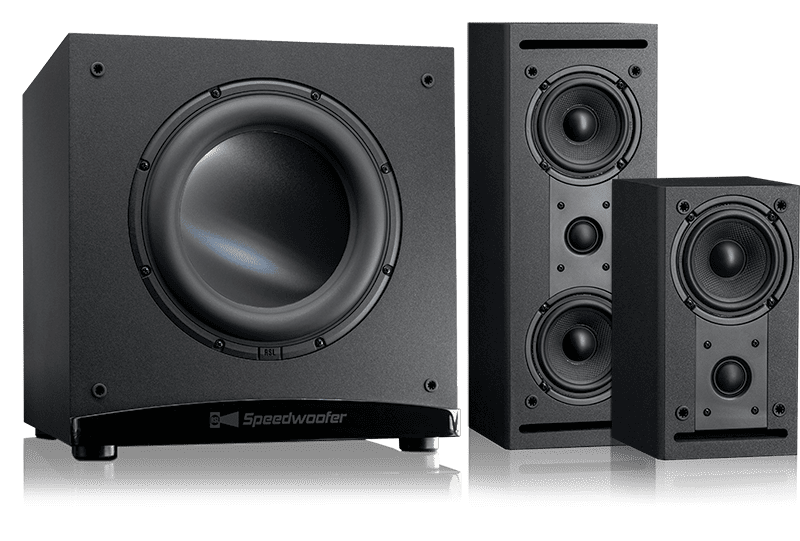
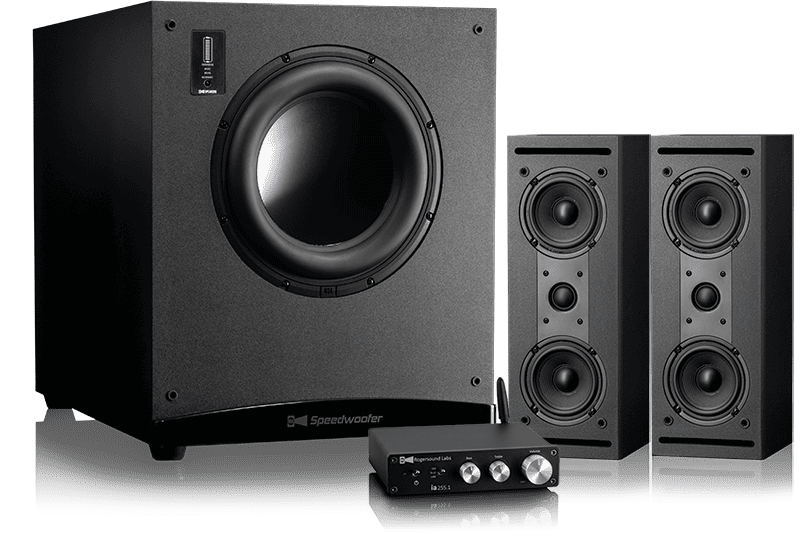
Leave A Comment